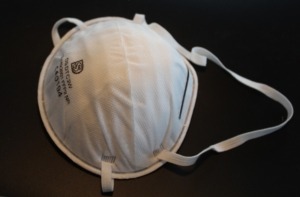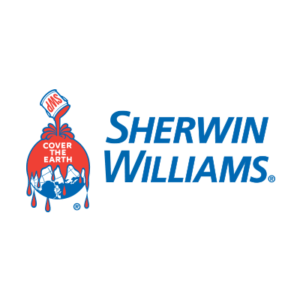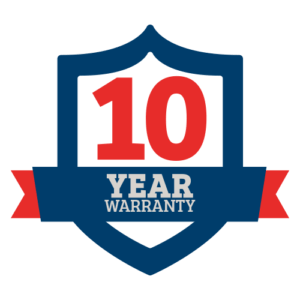What are the EPA and HUD rules on lead based paint?
For clarification obtain a copy of the regulations from the national lead information center at 1-800-424-LEAD. You can also download the rules and other information from these websites: www.epa.gov/lead or www.hud.gov/offices/lead.
The painting contractor must make sure he satisfies state, local, EPA and HUD requirements.
 The renovation, repair, and painting rule does not apply to renovation work that meets the following exclusions. If the renovation only affects components that do not contain lead based paint, the rule does not apply. The EPA has established limits for minor repairs or maintenance. Work that does not exceed these limits is exempt from the work practice requirements in the rule.
The renovation, repair, and painting rule does not apply to renovation work that meets the following exclusions. If the renovation only affects components that do not contain lead based paint, the rule does not apply. The EPA has established limits for minor repairs or maintenance. Work that does not exceed these limits is exempt from the work practice requirements in the rule.
The EPA definition of minor repair and maintenance activities are: (1) Interior work disturbing less than 6ft.² per room of painted surface is exempt. (2) Exterior work disturbing less and 20ft.² per side of painted surface is exempt from the work practice requirements.
There is also an RRP opt out provision. Homeowners may sign a statement to opt out of the work practice requirements in the rule, if all of the following are true: The owner resides in the house; no child under six years old resides in the house, and the house is not a child occupied facility; no pregnant woman resides in the house; no child occupied facility exist on the property; and, the owner signs a written acknowledgment that the certified firm is not required to use work practices found in the rule. Again, because federal, state and local regulations may vary, please contact the EPA as listed above for further information.
The EPA may suspend a firm’s certification if it is found to be in non-compliance. These firms can be liable for civil penalties of up to $32,500 for each violation.
An example of details of some of the work practice requirements for interior renovation is as follows: Remove all objects from the work area, or cover them with plastic sheeting. Seams and edges are to be sealed. Close and cover all duct openings in the work area. Doors must be covered with plastic sheeting. Cover the floor surface with taped down plastic sheeting in the work area a minimum of 6 feet beyond the perimeter of surfaces undergoing renovation or a sufficient distance to contain the dust. Use precautions to ensure that all personnel, tools, and other items, including the exterior of waste containers are free of dust and debris when leaving the work area. After completed the firm must clean the work area until no dust, debris or residue remains. All paint chips and debris must be collected and sealed in a heavy duty bag. All protective sheeting is to be removed and disposed of as waste. All objects and surfaces are cleaned within 2 feet of the work area. Walls are to be cleaned starting at the ceiling and working down to the floor by either vacuuming with a HEPA vacuum or wiping with a damp cloth. Thoroughly vacuum all remaining surfaces and objects in the work area, including furniture and fixtures, with a HEPA vacuum. All remaining surfaces are to be wiped with a damp cloth. This is just an example of how much work and effort goes into creating a finished safe work area.
Ken Axt



